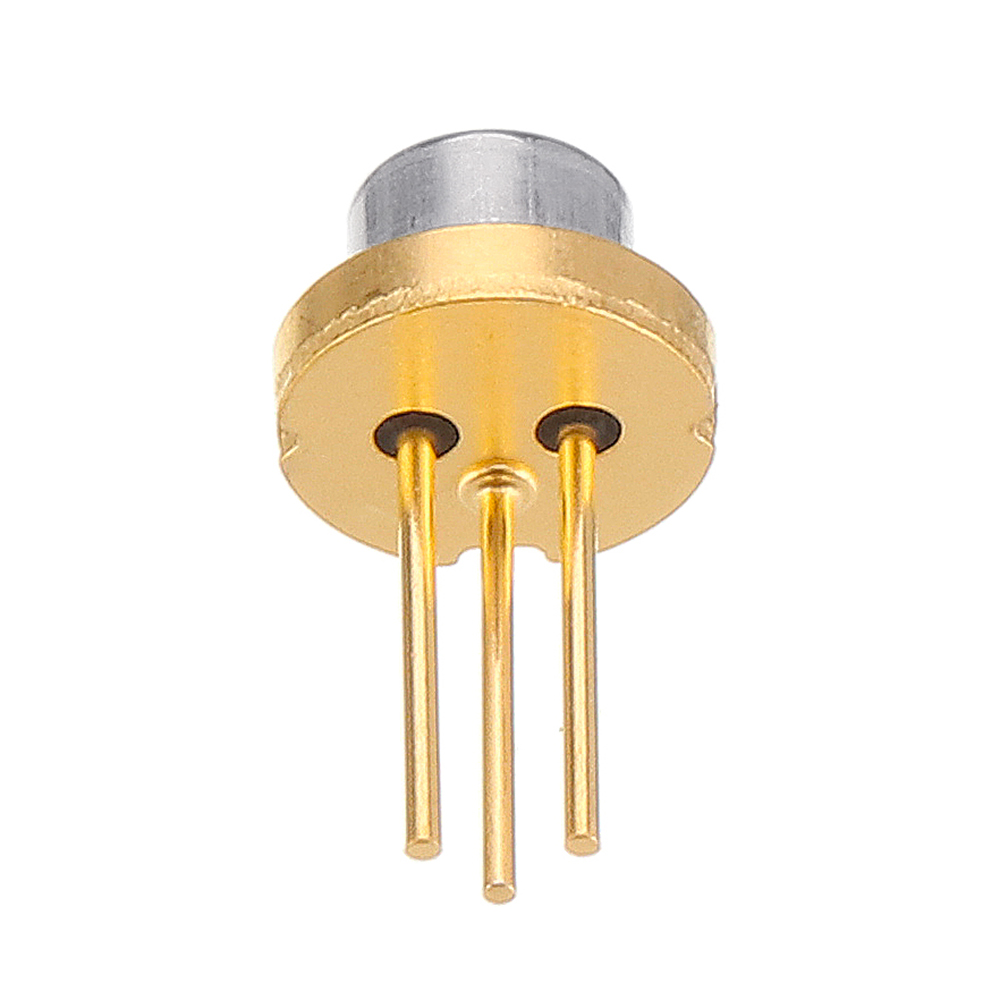
Ifr outside of jetlane update#
UPDATE - in regards to advanced, modern avionics in the cockpit, back 18 years or so ago when I was a young engineering student and the industry was transitioning from traditional structural analysis hand calculations to using computer aided finite element analysis programs, a college professor of mine once made a comment that always struck me as very applicable to advanced integrated flight decks. If after 12 calendar months you have not maintained this instrument proficiency, you must undergo an instrument proficiency check with a CFII. Once that expires, you do have an additional six calendar months to complete this currency work with safety pilot. This currency work must have been done in either real or simulated instrument conditions. You are required to have executed at least 6 instrument approaches, holds and navigation by electronic nav systems within the preceding 6 calendar months. In addition to requirements to becoming rated for instrument flight, per 14 CFR §61.57, the FAA also has currency requirements to maintain instrument proficiency. Over 80% of these kinds of accidents result in fatalities. The FAA required instrument ratings for pilots to conduct an IFR flight due to the high number of accidents associated with inadvertently entering IMC or worsening weather conditions without competence in instrument flight. It takes a lot of practice to successfully fly in IMC. His desire to fly his family down to Dallas to see a college football game in bad weather without proper training for it killed himself, his wife, his two teenage daughters and a family friend.

The pilot was not instrument rated but filed an instrument flight plan, departed KRVS with a clearance, then deviated from the clearance and attempted a scud run. The plane was sliced in half by a guide wire and crashed. He attempted to scud run under the deck, became spatially disoriented and flew into an antenna park near the Arkansas river. The weather for that day had 600 ft ceilings and poor visibility. When I was prepping for a solo CC with an instructor for my PPL (the flight was scrubbed due to weather that day) I watched a guy take off in a PA-32 Saratoga and kill himself by flying into inclement weather. Kennedy became spatially disoriented his PA-32 Saratoga entered a tight spiral and crashed into the ocean. Even though the entire flight was in VMC, dark night over water provides no visual references for the pilot. One notable high profile case was John F Kennedy Jr., who inadvertently entered instrument conditions during a flight from Essex County Airport in NJ to Vineyard Haven, MA. This is insidious and can begin unconsciously when you start getting saturated and overloaded with cockpit tasks like terminal environment workload, emergencies, and delays and holding.Ī number of pilots - good ones too - are now dead because they did not take this seriously. You will be surprised the first time that you fly in real IMC just how STRONG the urge is to trust your vestibular senses over cockpit instruments.

In addition instrument flight has a nasty habit of inducing sensory illusions and spatial disorientation due to vestibular sensations. You must be able to stay on top of that airplane, manage all of its systems, communicate with ATC, fly departure and approach procedures correctly, and handle emergencies, all without the benefit of visual reference. Once you enter a cloud, you go into a world of brilliant white (day) or inky black (night) and there is absolutely no visual references to follow. This quickly becomes clear to new students pursuing an instrument rating who go for their first IFR flight in hard IMC with an instructor. That may keep you alive in straight and level flight if you enter instrument conditions inadvertently, but it's not going to be adequate for conducting an entire flight in IMC.

A PPL does require you to have at least 3 hours of simulated instrument flying with an instructor.
Ifr outside of jetlane how to#
The short and sweet answer to this question: That kind of thinking is what kills a lot of pilots.Ī non-instrument rated pilot may know how to fly and navigate but does not yet have the skill to do so in total reliance upon instruments.


 0 kommentar(er)
0 kommentar(er)
